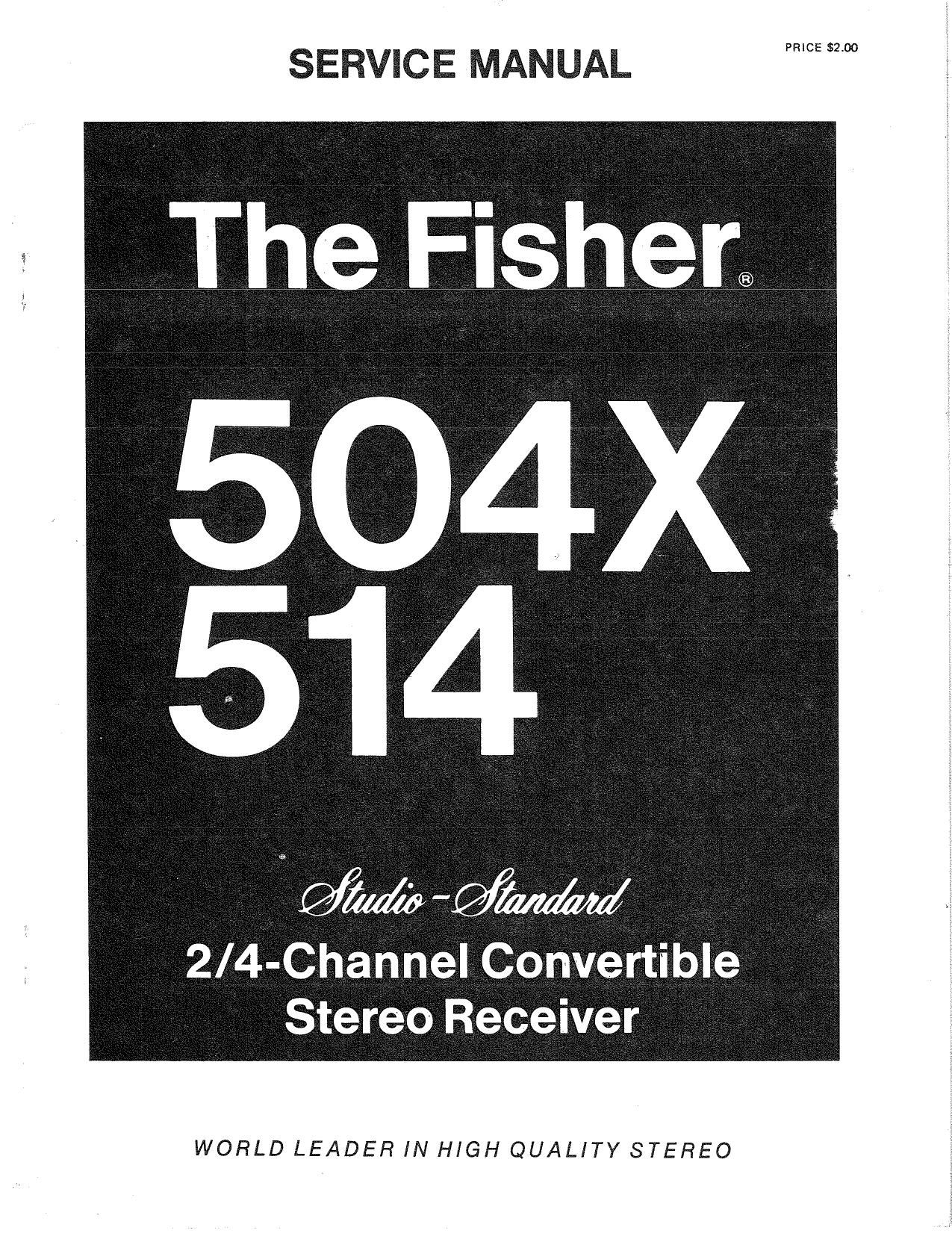Fisher 504 X Service Manual
This is the 27 pages manual for Fisher 504 X Service Manual.
Read or download the pdf for free. If you want to contribute, please upload pdfs to audioservicemanuals.wetransfer.com.
Page: 1 / 27
